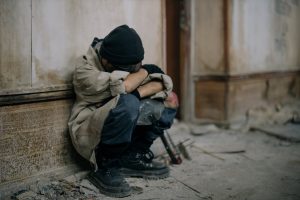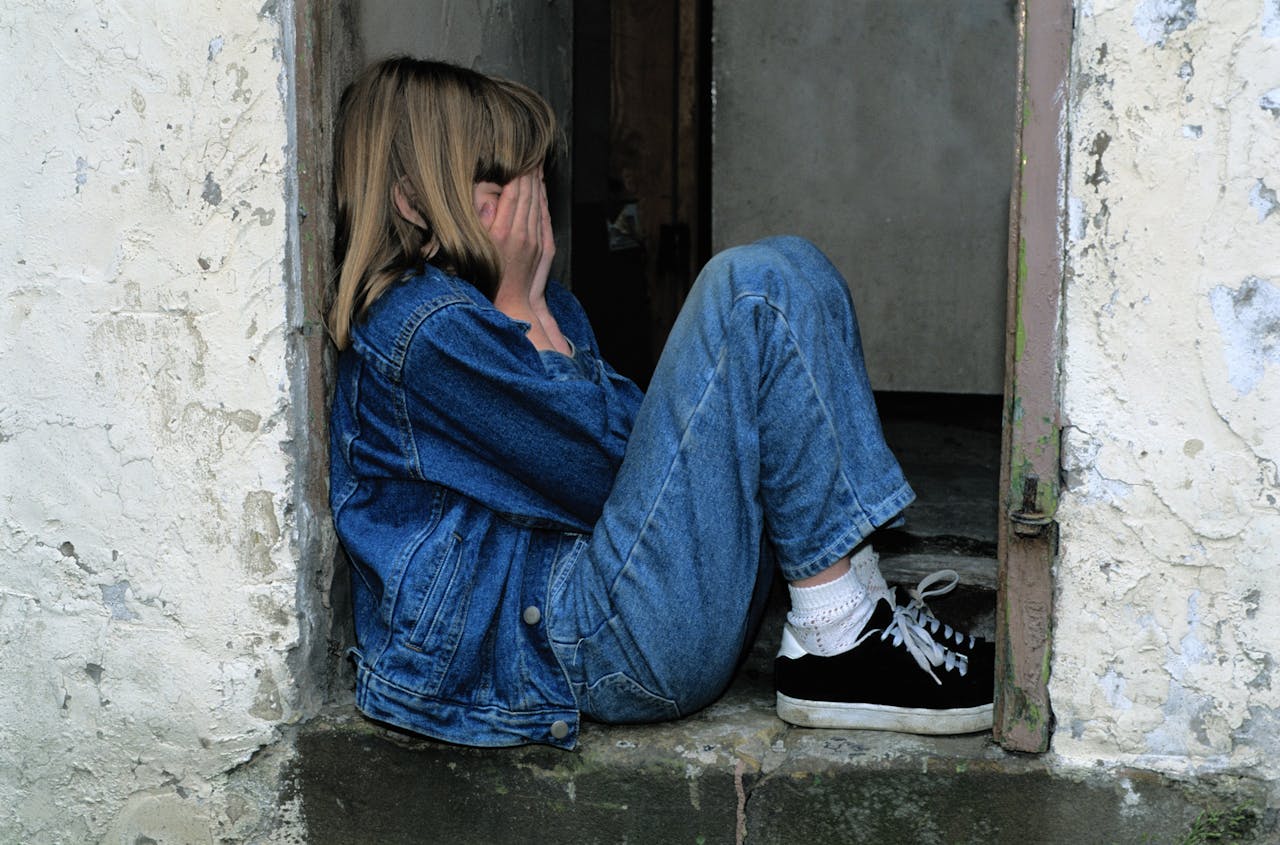Every parent’s worst nightmare is unfolding in real-time across the United States and around the world. What is CSEA? Child Sexual Exploitation and Abuse represents one of the most heinous crimes against children, and it’s reaching epidemic proportions. According to the U.S. Department of Homeland Security, reports of online child sexual exploitation and abuse have skyrocketed from 16.9 million to 32 million in just three years—nearly doubling in an alarmingly short timeframe.
Behind every statistic is a real child whose innocence has been shattered by individuals who exploit technology to commit unspeakable acts of abuse. This isn’t happening in some distant place—it’s happening in every community, affecting children from all backgrounds, and demanding immediate action from every adult who has the power to help.
The Devastating Reality of CSEA
What is CSEA when we strip away the clinical terminology? According to official government organization sources, Child Sexual Exploitation and Abuse is “a horrific crime that targets some of the most vulnerable people in our communities—our children and teens,” as defined by the DHS Know2Protect initiative. It encompasses a broad range of criminal acts that involve exploiting minors for sexual gratification or personal gain.
The WeProtect Global Alliance has revealed that at least 300 million children per year are subjected to sexual exploitation and abuse worldwide. This staggering number represents a crisis of such magnitude that researchers describe it as a “global health pandemic” requiring the same urgency as AIDS or COVID-19.
How Technology Enables Unprecedented Abuse
The digital revolution has created both opportunities and dangers for children. While technology brings incredible benefits for education, communication, and creativity, it has also given offenders unprecedented access to potential victims. As the DHS Know2Protect campaign explains, “cellphones, tablets and all connected devices give online predators access to an endless supply of potential victims.”
The speed at which abuse can occur and spread is terrifying. In a brief moment, images or video content can be shared around the world, creating permanent documentation of a child’s trauma. This digital permanence means that survivors must live with the knowledge that evidence of their abuse may continue circulating indefinitely.
The Many Forms of Child Sexual Exploitation and Abuse
What is CSEA in its various manifestations? The United States government has identified several critical forms that every parent, school administrator, and community member must understand:
Child Sexual Abuse Material (CSAM) involves any visual depiction of sexually explicit conduct involving someone under 18. The National Center for Missing & Exploited Children received more than 456,000 reports of online enticement in 2024 alone—a 300% increase from just three years earlier.
Online Enticement and Grooming represents a calculated process where predators identify minors, establish trust, gather sensitive information, and gradually lower inhibitions. These individuals often target children who may be experiencing bullying, family problems, or other vulnerabilities.
Sextortion occurs when offenders use threats or coercive tactics to force victims to produce explicit images. The Australian Centre to Counter Child Exploitation emphasizes that this form of abuse can affect any child with internet access, regardless of their background.
Financial Sextortion specifically targets teenage boys, with criminals coercing minors into sending explicit images and then extorting them for money. This emerging trend shows how exploitation continues to evolve with technology.
Livestreaming Child Sexual Exploitation involves compelling children to engage in sexual acts during real-time broadcasts to viewers who pay to direct and witness the abuse.
Generative AI CSAM represents the newest threat, where artificial intelligence is used to create wholly or partially artificial sexualized images of children, making detection and prosecution even more challenging.
The Scale of the Crisis
The numbers paint a horrifying picture of how widespread child sexual exploitation and abuse has become. According to official secure websites from the United States government:
- 32 million reports received by NCMEC in recent years
- 6,000+ new investigative cases initiated annually by Homeland Security Investigations
- 4,400+ individuals arrested each year for crimes involving sexual exploitation of children
- 1,100+ child victims identified and rescued annually
- Reports of abuse material are filed every second of every day
The OECD research reveals that 80% of the world’s top 50 online content-sharing services had no detailed CSEA policy in 2023, leaving children vulnerable on the platforms they use daily at home and school.
Who Are the Perpetrators?
One of the most disturbing findings from the WeProtect Global Alliance research shows that as many as 1 in 9 men in parts of the world have sexually offended online against children. These aren’t strangers lurking in dark corners of the internet—they can be family members, trusted adults, or individuals in positions of authority.
The INHOPE research emphasizes that online child sexual exploitation can affect “any child or young person regardless of gender, age, race, or economic background.” The universality of this threat means no community can consider itself immune.
The Urgent Need for Comprehensive Action
What is CSEA without an effective response? It’s a growing crisis that threatens to overwhelm traditional support services and destroy countless young lives. The current approach of reactive investigation after abuse has occurred is insufficient to address the scale of this epidemic.
This is where organizations like the International Protection Alliance become crucial in the fight against child sexual exploitation and abuse. Unlike many organizations that only provide services after cases are identified, IPA takes a proactive approach to creating cases and dismantling entire networks of abuse.
IPA’s Comprehensive Combat Strategy
The International Protection Alliance addresses the CSEA crisis through four core areas that tackle both immediate threats and long-term prevention:
Prevention & Education: Using technology and training to create safer online environments. This includes helping parents understand digital threats and teaching children about appropriate online behavior and how to contact trusted adults when something feels wrong.
Intervention & Response: Working directly with law enforcement agencies to apprehend online predators. IPA’s recent operation in Thailand demonstrates their effective partnership model, leading to arrests and evidence seizure that disrupted criminal networks.
Advocacy & Policy Reform: Working to create safer digital environments through legislation and policy reform that addresses the transnational nature of online exploitation.
Survivor Support Services: Providing comprehensive aftercare support with particular attention to male survivors, who represent the majority of victims in IPA’s care but are often overlooked by traditional support systems.
Technology as Both Problem and Solution
While technology has enabled unprecedented access for offenders, it also provides tools for detection and prevention. The Department of Homeland Security has developed digital forensic tools that can identify perpetrators in hours rather than weeks, dramatically improving response times and reducing the trauma experienced by investigators who must review horrific content.
However, challenges remain. The increasing use of end-to-end encryption, while important for privacy, has made it more difficult for law enforcement to detect and prevent abuse. This creates a complex balance between protecting privacy rights and ensuring child protection services can identify and respond to cases of exploitation.
The Impact on Survivors
The trauma from child sexual exploitation and abuse extends far beyond the immediate violence. Survivors often struggle with long-term psychological effects, difficulty forming healthy relationships, and challenges with trust. The digital nature of modern exploitation means that evidence of abuse can be shared globally, creating ongoing victimization that follows survivors throughout their lives.
The ACCCE emphasizes that behind every image or video is a real child victim, and it’s crucial that children know that if exploitation occurs, it’s not their fault. Creating environments where children feel safe to share concerning contact with trusted adults is essential for early intervention.
A Call for Justice and Protection
What is CSEA if not one of the most urgent human rights crises of our time? With reports being filed every second and millions of children at risk, we cannot afford to treat this as someone else’s problem. Every child deserves protection from those who would exploit their innocence for personal gain, sexual gratification, or financial benefit.
The research is clear: this crisis affects children in every state, region, and community. It requires coordinated action that combines prevention, intervention, advocacy, and comprehensive support for survivors.
Take Action Today
The International Protection Alliance is working tirelessly to combat child sexual exploitation and abuse, but they cannot do this vital work alone. Your support enables them to continue their mission of creating cases, training law enforcement, providing digital forensics assistance, and offering specialized aftercare for survivors—particularly male victims who are often forgotten by other programs.
Every donation helps fund the technology, training, and personnel needed to identify offenders, rescue children, and provide the long-term support that survivors need to heal and rebuild their lives. Don’t let another child become a statistic in this hidden crisis. Donate to the International Protection Alliance today and be part of the solution to protect all children from exploitation.
Sources:




